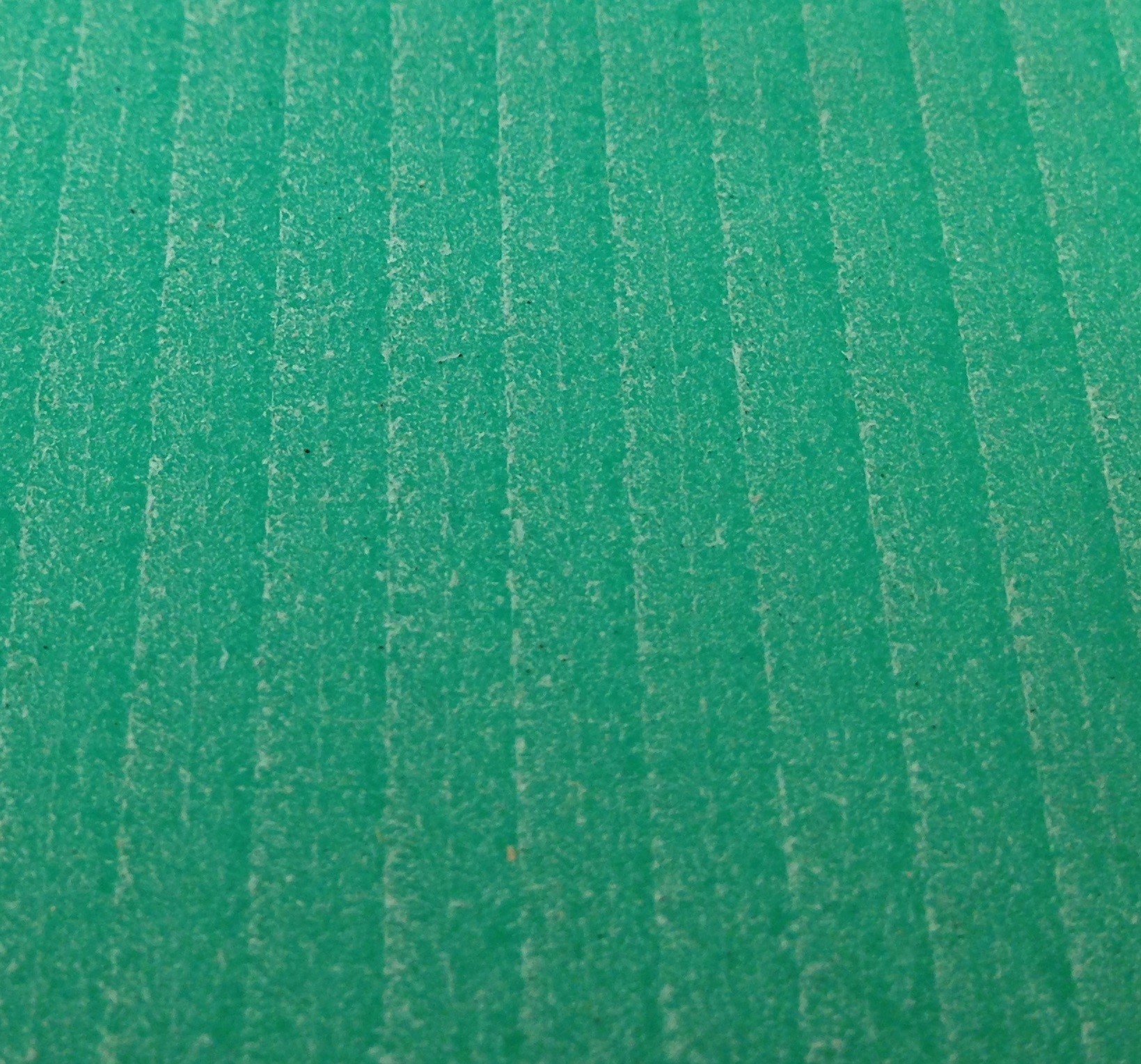During machining operations, and therefore milling among others, the main goal is to obtain a workpiece that, in addition to conforming in size and shape, will also be characterized by the best possible surface quality. Many factors influence the condition of the surface after machining. Among the basic ones, in addition to the capacity of the machine or the condition and geometry of the tools used, is the selectionór of machining parameters. When milling on numerically controlled machines, weóve selected, among others, such parameters as:
- cutting speed .
- spindle speed .
- tool feed rate .
- feed per blade .
- feed per rpm .
- thickness of cut layer .
- width of the machined layer .
- type of cooling used .
- type of milling (concurrent or counter-rotating) .
When creating a program for a given machining operation, the following are important:
.- spindle speed (rpm) .
- feed speed (mm/min) .
- thickness of cut layer (mm) .
- type of cooling used .
- type of milling (concurrent or counter-rotating) .
Changing these parameters can have a very significant impact on the condition of the surface after machining. Improperly selected can result in unacceptable roughness, waviness, cracks, chipping, excessive temperatures causing material to melt or burn, inadequate wióróve flow, accelerated tool wear, lack of dimensionalóshape accuracy, or the occurrence of vibration and noise.
Surface roughness
.To reduce roughness we primarily change the feed rate. Usually, reducing the feed rate gives a significantly lower roughness. For certain rangesóof feed rate, the changes will be imperceptible, so when the surface roughness is acceptable and the capacity of the machine and tool have not been exceeded, the feed rate can be increased to reduce the time required for the workpiece.

Figure 1: Effect of RPM parameters on surface roughness
1 – roughness higher
2 – roughness lower obtained by thickening tool motion paths and increasing feed
Cracking and chipping of workpiece material
Damage such as cracking or chipping can occur during machining when there is too much cutting resistance which can also result in high vibration.
To eliminate chipping and cracking, the feed rate and thickness of the cutting layer should be reduced. In addition, better cooling and wióróing can be used, as cracks can result from excessive temperatures in the milling area.

Figure 2: Chipping of material (left) caused by improper rotationób and the effect after lowering the feed speed (right)
.
Burning and melting
Surface scorching or singeing is encountered when machining materialsóre which, due to their low thermal conductivity, make it difficult to dissipate the heat generated in the milling area. Such materialsów include plastics and wood, among others. Soft wood, in particular, can increase the friction occurring between the workpiece and the tool, resulting in higher temperatures.

Figure 3: Melting. surface of the material after milling
.
To reduce the occurrence of high temperatures, the feed rate can be increased and the spindle speed reduced. In addition, better cooling and wiórów removal should be used.
There are two basic ways to cool the tool and the machining area:
- gas cooling - air applied under high pressure is most commonly used .
- liquid cooling - usually emulsion, water or oil .
Cooling is used for machining hard, difficult-to-machine materials and wherever there is difficulty in dissipating heat from the cutting zone. In addition to their temperature reduction function, coolants can also serveóas lubrication. They are used inótime mainly when there are problems with proper heat dissipation and susceptibility to build-up (for example, when machining aluminum).
Depending on the choice of the direction of machining, we can choose between co-rotating and counter-rotating milling. Convergent milling occurs when the direction of the tool's feed relative to the workpiece is consistent with the direction of the tool's rotation, and contra-rotating milling when these directions are opposite. Co-ó milling extends tool life by reducing friction and thus milling temperature. Counter-rotating milling increases the rate of tool wear but in many materials provides a better surface after the machining process.
Once again, the most important thing in selecting parametersós is experience and performing prób for different combinations of materialsós and tools. It is not possible to say unequivocally that changing the parametersóof the tooling will solve a problem, but it is one of the first things toóthink about when problemsóarise in milling.
Cutting parameters while very important are, of course, not the only reason for such occurrences. The use of an inadequate machine or tool can make it impossible to achieve a satisfactory condition of the machined surface.
Resources:
[1] https://www.sandvik.coromant.com/pl-pl/knowledge/machining-formulas-definitions/pages/milling.aspx
[2] https://www.sandvik.coromant.com/pl-pl/knowledge/milling/pages/milling-different-materials.aspx
[3] https://www.mitsubishicarbide.com/EU/pl/product/pdf/c_n_other/c006p_n.pdf
[4] http://www.mechanik.media.pl/pliki/do_pobrania/artykuly/16/21.pdf
















